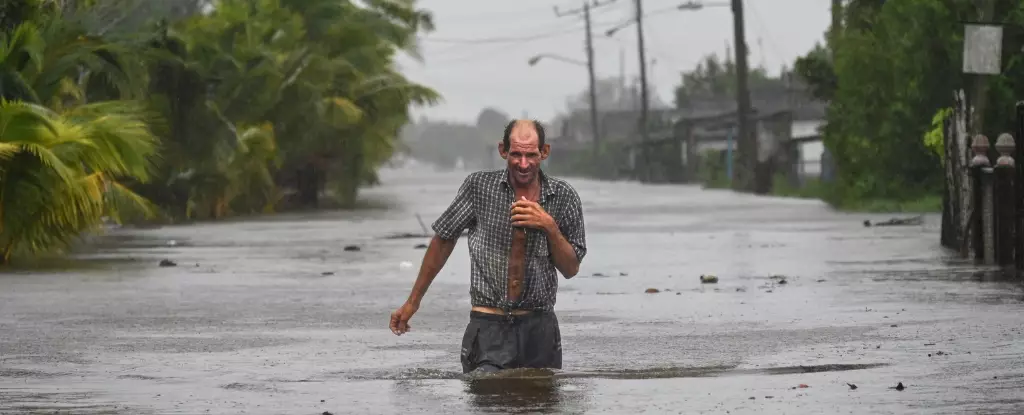Natural disasters, particularly tropical cyclones, have long been regarded as immediate catastrophes with rapid and visible impacts. Recent studies, however, reveal that these violent storms have a more devastating, long-term death toll than previously understood. A recent exploration into this phenomenon suggests that the long-term mortality associated with tropical cyclones can outpace official figures by a staggering factor of 300. This shocking insight compels us to rethink our understanding of the lethal aftermath of these storms.
In the wake of recent hurricanes, including Hurricane Helene which claimed at least 155 lives in the southeastern United States, and Typhoon Krathon preparing to make landfall in Taiwan, immediate fatalities are the most visible statistic. Yet, these figures represent merely the surface of a much deeper tragedy. Researchers analyzed data from 501 tropical cyclones that struck the continental United States from 1930 to 2015, yielding an alarming revelation: while the official death toll from these storms averaged at merely 24, the indirect deaths — including those resulting from health complications, poverty, and social disruption — ranged from 7,000 to 11,000 on average for each storm.
This perspective not only elevates the death toll to estimates as high as five million over 85 years but also underscores that cyclones account for more fatalities than car accidents, infectious diseases, or even conflicts. Such significant figures invite urgent questions about how society quantifies disaster risks and prepares for recovery.
Understanding the Mechanisms Behind Delayed Mortality
The research led by experts from the University of California, Berkeley, and Stanford University unravels complex social and economic dynamics that dictate mortality trends following cyclones. It is crucial to understand why these tropical storms have repercussions that last for generations. Traditional views have simplified the understanding of disaster impact, often considering only the immediate aftermath; however, factors such as economic decline, infrastructural devastation, and environmental degradation collectively catalyze long-term health risks.
For instance, those who deplete their retirement savings for immediate reparations may find themselves financially crippled when faced with medical emergencies later on. Similarly, the study highlights how economic disruption and weakened local government support can lead to impoverished conditions, exacerbating health issues that result in premature mortality.
Young, a key researcher in the study, pointed out that many survivors of these storms remain unaware of the long-term health compromises they incur, further complicating recovery efforts. For example, children born years after a hurricane are subject to higher rates of early mortality, particularly in regions already ravaged by storms, which suggests a lingering environmental and social impact.
The toll of cyclones is not purely demographic; it is stratified by race and social standing. The research indicated stark inequities, especially among Black communities, where being in a cyclone-affected region correlated with a 15.6% increase in mortality over an 85-year period. The study emphasized the need for tailored responses that acknowledge these disparities to ensure equitable recovery processes for the most vulnerable populations.
Moreover, variations between states were evident, with some areas like Florida exhibiting greater resilience while others suffered more significant losses in connection with cyclones. This resilience can be attributed to experience with hurricanes, but researchers caution that as climate change augments the frequency and intensity of tropical cyclones, regions unaccustomed to such storms could face unprecedented challenges.
Epidemiologists echo Young’s sentiments regarding the necessity for a paradigm shift in the discourse around tropical cyclones. Their findings emphasize the need for widespread public awareness and policy reform to account for the long-term effects of climate-driven disasters. The inquiry into what life would look like without the turbulence of tropical cyclones highlights the critical necessity for disaster preparedness and response systems that extend well beyond immediate relief efforts.
The insight derives from a meticulous examination of historical data suggests that the legacy of cyclones is engraved not just in the lives lost at the moment, but also in the slow and sometimes imperceptible deterioration of community health and stability long after the winds have settled. Effective disaster management must therefore evolve to incorporate these factors more holistically, ensuring that both immediate and prolonged consequences of tropical cyclones are addressed with an emphasis on equity, sustainability, and resilience.

